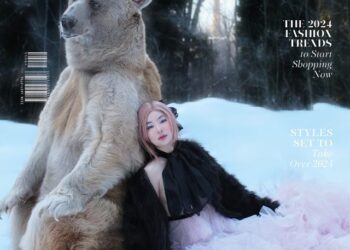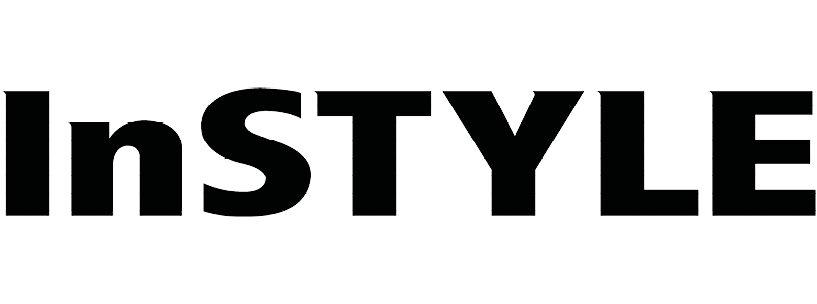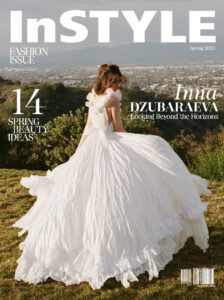
We have an exciting guest joining us today — Inna Dzubaraeva, a business expert who has collaborated with brands from various industries to help them stay ahead of the curve. A member of The Semiotic Society of America, Inna has a keen eye for identifying emerging trends and inspires brands to create killer campaigns through her expertise. Rocking successful projects, she brings her unique perspective to clients around the world and recently came to Moldova. So, let’s dive in and learn from one of the best in the business!
Thank you so much for having me! I’m actually thrilled to visit Moldova and share some thought with you today.
Inna, can you give us a quick rundown of how trend prediction works?
Trend forecasting is like having a crystal ball for your business, but instead of burning incense sticks and donning capes, you flaunt spreadsheets and hard data to uncover insights and make informed decisions. But the funniest thing about predicting the future is that you have to look at the past. Trend forecasters track a variety of data sources, such as consumer behavior shifts, demographic shifts, emerging technologies, global events, as well as shifts in cultural attitudes and values, which they graph to track trend curves over time. These trend graphs provide valuable insights that help forecasters identify emerging trends and predict future changes in consumer behavior. But here’s the tricky part: what’s trendy for one audience might be totally outdated for another. I’ve been lucky enough to travel to a lot of different countries and meet a wide variety of people. It’s fascinating to see how much your environment can impact your outlook. Cultural context is a powerful force, shaping how we interpret everything from words to colors. That’s where marketing semiotics comes in. It study how particular groups of people interpret symbols and meanings. Combine that with trend forecasting, and you’ve got the secret to endless business growth.
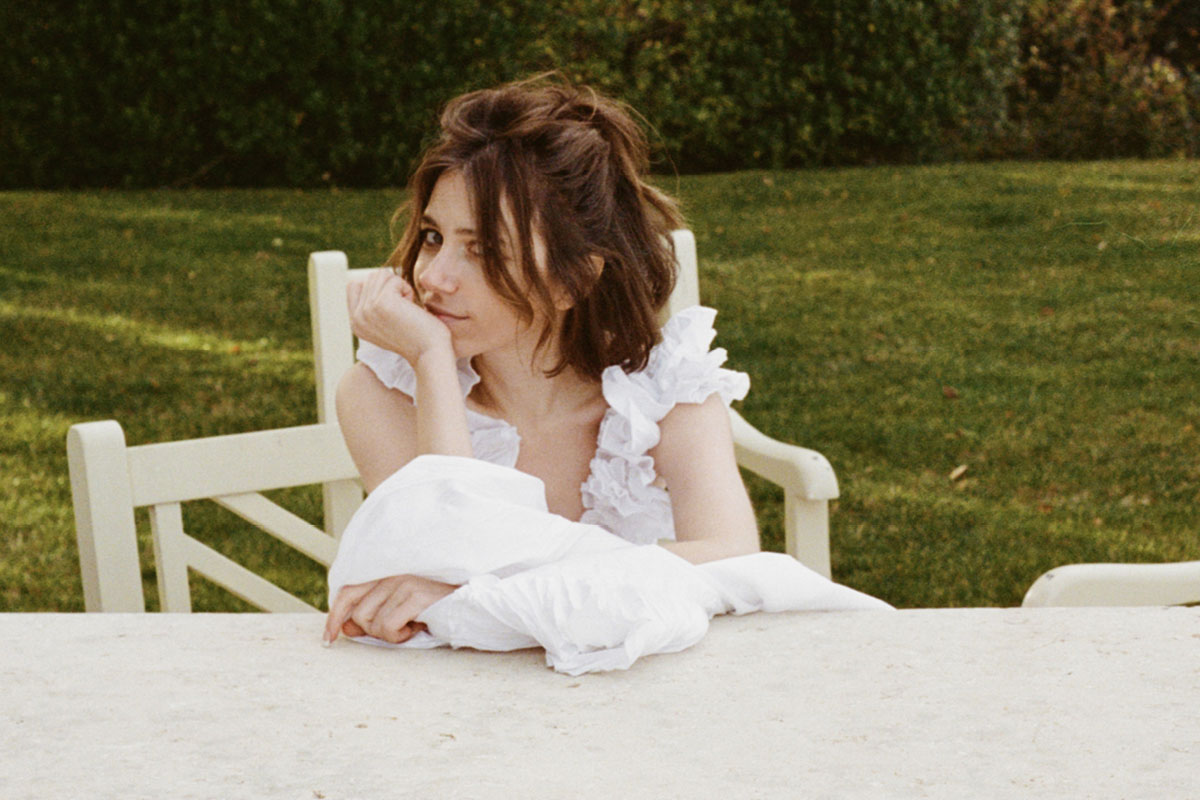
Interesting! Can you tell us about the most likely trend that people will see for the next 100 years?
Well, you know what they say, the future’s so bright, we gotta wear sustainable shades! But in all seriousness, there are a few macro trends that I think we’ll see more and more of. These include conscious consumerism, digitalization, and AI, where they work all together as one. According to the latest research from Wunderman Thompson, 66% of Gen Alphas (aka the kids born after 2010) already show a strong preference for companies that make a positive impact. That’s not just a statistic, these very kids will be our future customers, as well as the parents of our far-off future customers. The potential here is pretty impressive. We have a unique opportunity to become a more ethical and socially responsible society over the next century.

White dress: VON VEMIAN @von.vemian
You recently started working in Moldova. How’s it going here? How do you like it so far?
Moldova is a small country with a rich multicultural history! I admire how it honors the traditions of all the peoples who call it home. Living here feels like being in a culturally diverse and accepting city like Berlin, but mixed with the charm of Japan’s traditionalism. Similar to Japan, this conservative traditionalism helps Moldova preserve and pass on its unique and precious cultural traditions. But what’s even cooler is that Moldova has more than one culture to call its own; it’s like taking a trip around the world without ever leaving this tiny country! People are amazing here, I’m genuinely grateful for their warm welcome and friendly vibes.
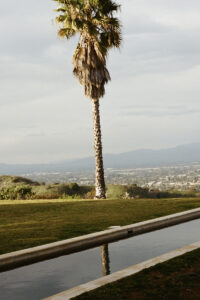
What’s your favorite project here?
I’m currently running a media company in Moldova, and one of my favorite projects is the branding the company designed for the Cahul region. The project was funded by the European Union and was a result of in-depth semiotic research. The logo features a water lily and a heart. What I love about it is that while on a basic level, the water lily represents the natural beauty of Cahul, with its gorgeous lake and everything, on a universal level, it symbolizes spiritual awakening. And the heart, of course, is a universal symbol of love. The fact that these two symbols are combined together in that logo is kind of hinting that they are actually the same thing. It’s like they’re saying, ‘Hey, we might look different on the surface, but at our core, we’re one.’ I like how this universal truth resonates with the historical philosophy of the region and actually, the whole country.

Red Origami Neck Piece
ALIONA KONONOVA @alionakononova
Chain bracelet M.O.
Let’s speak about time management? Tell us how to do everything. What is your philosophy on this direction?
I might sound weird but I’d say that Wu-wei philosophy — The Art of Letting Things Happen resonates with my work approach the best. It emphasizes the importance of being aware of the natural flow of life and recognizing the moments when it’s best to surrender control and allow events to unfold naturally, rather than trying to force them. But I wasn’t always like this! Originally, I was a pretty fast-paced person, living with a constant sense of time urgency, wanting everything to be due yesterday, and yes, all at once. I still speak and think quickly, although it no longer affects my perception of business processes. Once I went to Nashik, India, to visit a great guru of nondualism and accidentally met an extraordinary gentleman there.

Red Origami Neck Piece and Skirt
ALIONA KONONOVA @alionakononova
Chain bracelet M.O
He owned several hotels, but in his youth, spent years as a disciple of another great guru of nondualism. So, we were talking and I asked that gentleman the exact same question that you’re asking me now. He smiled at me and said, «I don’t plan a single day!» «What!» I thought he was messing with me at first. «How can you not plan a day with all your hotels and businesses? Impossible!» At that time, I had no clue what he meant, but now I do. By the way, neuroscientists at Stanford University have found that only 2.5% of people can effectively multitask. For the remaining 97.5%, attempting to multitask can interfere with the brain networks involved in attention and cognitive control, leading to slower processing, mistakes, and stress. Fortunately, WGSN 2024 trend research reveals that in the near future, people will increasingly prioritize their well-being over work, which means we’re gradually saying goodbye to the Hustle Culture and embracing the Care Culture.

Lion Organza Apron, Invisible Cape
ALIONA KONONOVA @alionakononova
Chain bracelet M.O.
This looks promising! For those who want to follow fashion trends, what recommendations do you have?
Look deep within yourself and develop your one-of-a-kind character! We have finally reached an era where the uniqueness of individuals and the unity of society are beginning to merge harmoniously, and this is reflected in the fashion world too.

Lion Organza Apron, Invisible Cape
LIONA KONONOVA @alionakononova
Chain bracelet M.O.
Photographer: ANDREY TARASOV @andreytarasovs
Stylist: ALIONA KONONOVA @alionakononova
Producers: PETITE MELLER @petitemeller, ANTON SOSNOVSKY @tony.totony
Makeup/Hair: BARBARA LAMELZA @barbaralamelzamakeup
Model: INNA DZUBARAEVA
PR: MARIIA BOROVENSKA @mariborovenskaya






